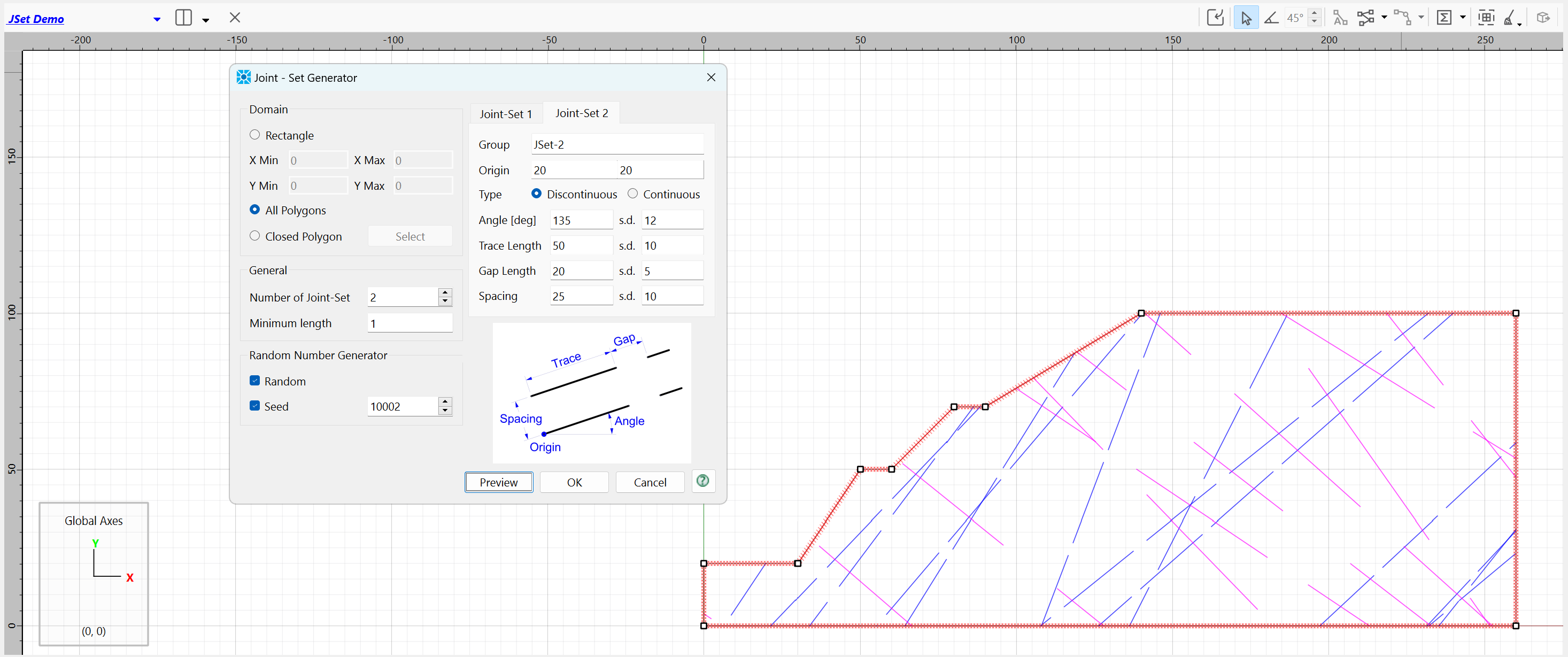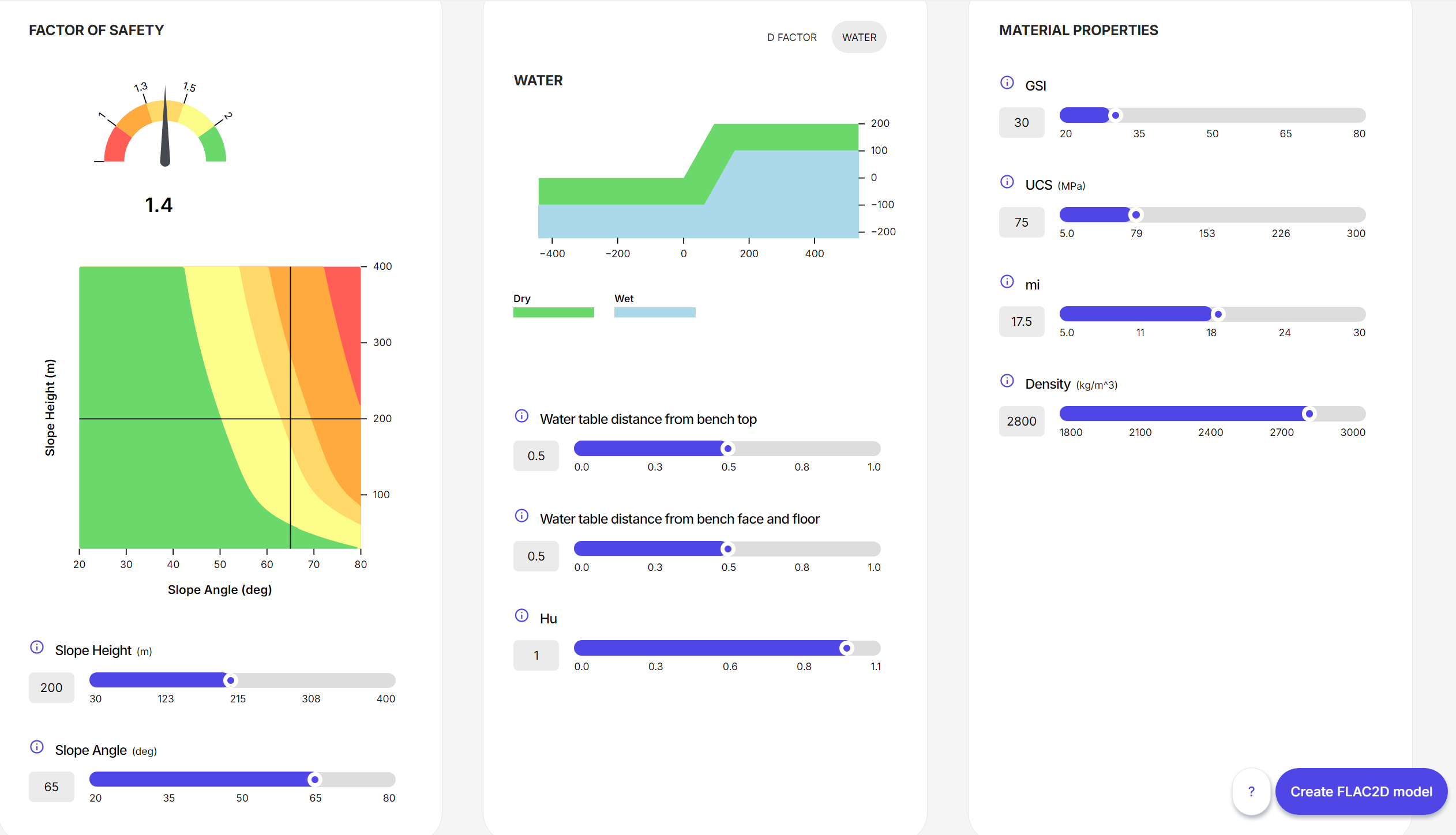The latest updates to ITASCA software products such as FLAC3D, FLAC2D, 3DEC, PFC, and MassFlow now include point releases (e.g., 9.1, 9.2) between major versions (e.g., 9.0, 10.0). These point releases bring significant benefits, especially for subscription license holders.
Subscription license holders enjoy seamless access to point releases at no additional cost. These point releases are packed with new features and capabilities developed in response to user feedback and industry advancements. By staying current with point releases, subscribers can leverage the latest tools and functionalities, enhancing their productivity, efficiency, and competitiveness.
Perpetual license holders also benefit from continuous support within their software version's support period. While they may not receive point releases, they still qualify for bug fix updates and minor improvements, maintaining stability and reliability in their software environment.
Performance
WORK FASTER with VERY LARGE MODELS
- For a 30 GB test model with 9.8 million zones:
- MODEL RESTORE is 3.1x faster
- MODEL NEW is 3.5x faster
- MODEL SAVE is 1.7x faster
Sketch Improvements
JOINT-SET WIZARD
- Use this dialog to easily generate and preview up to three joint-sets
- As in UDEC, specify joint-set orientation, spacing, gap, and trace length mean and standard deviation values
- Unlike UDEC, Sketch can mesh around joints floating in space
- Joint-Sets are automatically assigned to a group based on their name and to a special Joint-Set slot to easily identify these edges, separate them as joints, and assign properties
- Individual joints may also be specified manually using the Joint-Set slot

NEW TOOLS
- New logic to include open polygons and floating edges in unstructured meshing
- Automatically merge nearly coincident points to simplify imported DXFs
- Create and assign custom group slots
- Copy and paste objects to another position or Sketch set
Structural Elements
NEW PLOT ITEMS and ATTRIBUTES
- New Moment-Thrust and Thrust-Shear plot-item diagrams
- Add bar charts along 2D structural elements (beams, piles, cables, rockbolts, liners, etc.) to visualize results like displacement, forces, etc.
Constitutive Models
CURVED MOHR-COULOMB MODEL
The traditional Mohr-Coulomb model assumes that a linear shear failure develops, which is just a simplification by linear extrapolation of the experimental data over a limited stress range. However, experimental data covering low stresses clearly show a curved failure envelope for a wide range of geomaterials from clay to rockfill. As such, this simplification could significantly overestimate safety factor, particularly for a shallow slip surface or near the excavated zones exhibiting low normal stress.
ITASCA has developed a new constitutive model called the Curved-Mohr-Coulomb model, which provides both efficiency and flexibility:
- Define the nonlinear (curved) failure envelope by a power law with only three parameters
- Or define the nonlinear failure envelope by inputting a piecewise curve with any pieces
- The curve can be in either shear stress versus normal stress space, or principal maximum stress versus principle minimum stress space
The failure laws based on linear or bilinear Mohr-Coulomb, Hoek-Brown, and Griffith models are special cases of this generalized model. The Curved Mohr-Coulomb constitutive model is available to use with the automatic factor of safety calculation.

SYNTHETIC MICROSEISMICTY
- Calculate accumulated plastic strain tensor to extract synthetic seismic magnitudes and moment tensors
- Applicable for these constitutive models:
- Mohr-Coulomb
- Hoek-Brown
- IMASS (option)
- Ubiquitous-joint
- Softening/Hardening Ubiquitous-Joint (SUBI)
- Use
MODEL PLASTIC-STRAIN ON
Scripting
ZONE FIELD DATA
- Zone field data functions allow the user to make queries about the values of a model variable at arbitrary locations in space and can be used to contour data onto geometry (DXF, STL, etc.)
- Available for FISH, Zone Field Data are now accessible via Python
New Tools
LET GeoBOT HELP
- Ask GeoBOT, the ITASCA AI assistant, all your technical questions
- Trained on ITASCA's help documentation
- Answers questions in 95 languages
NEW UI CONTROL
- Right-click on the divider between windows in the workspace to switch, close, and flip windows
RAPID TOOLS
- Interactive tools powered by machine learning trained on ITASCA software surrogate models
- Includes a Hoek-Brown, rock slope model that instantaneously provides the factor of safety based on a number of adjustable inputs
- Use as a teaching tool to see the impact of different parameters and interactions
- Generate a data file of the source model for direct comparison, to modify it, or as a starting point for a related model

